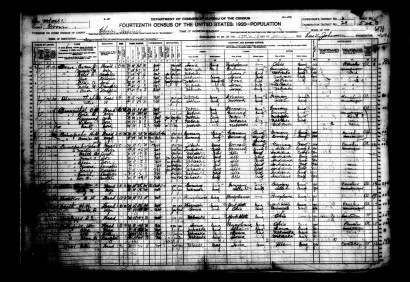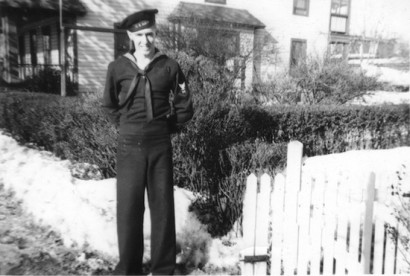7 Generations Born in Pennsylvania
It occurred to me recently that I’m the first Hocker in my direct line (me > father > grandfather > g. grandfather > etc.) who wasn’t born in Pennsylvania since my immigrant ancestor Johan Adam Hacker arrived in the colony in 1749. Since both my parents were born in Pennsylvania to Pennsylvanians, it’s true for a number of my direct lines.
That’s not to say that there weren’t family members who left the state. There were. And that got me wondering who was the first born outside Pennsylvania in their lines. Here’s some of what I found.
- Henry Wagner, son of Henry and Isemiah (Hocker) Wagner, was born in Ohio about 1851. Isemiah was the older sister of my 3x great grandfather Levi Hocker.
- Mary, daughter of John and Catharine (Sterling) Hocker, was born near Salem, Randolph Township, Montgomery County, Ohio on 18 February 1841. John Hocker was the eldest brother of my 4x great grandfather George Hocker.
- Anna Hocker, daughter of Jacob and Barbara (Noll) Hocker, was born on 9 February 1844 in Ohio—probably in Perry County. Jacob was the next youngest brother of my 4x great grandfather George Hocker.
- George Smith, son of David and Mary Elizabeth (Hocker) Smith, was born about 1861 in Iowa. Mary Elizabeth was the daughter of Johan Adam Hocker, brother of my 4x great grandfather George Hocker.
- Emma A. Ricker, daughter of Alfred and Isemiah (Hocker) Ricker, was born about February 1866 in Whitley County, Indiana. Isemiah was the daughter of Johan Adam Hocker, brother of my 4x great grandfather George Hocker.
- Henry D. Hocker, son of Martin and Julia (Best) Hocker, was born 6 April 1862 in Ohio. Martin was the son of Johan Peter Hocker, a nephew of my 5x great grandfather Johan Adam Hacker.
- Steven Earnest Hocker, son of Peter and Emeline (Bogner) Hocker, was born 25 December 1861 in Wayne County, Ohio. Peter was the son of Johan Peter Hocker, nephew of my 5x great grandfather Johan Adam Hocker.
- Harman Hocker, son of Martin Luther and Mary Ann (Brindle) Hocker was born about October 1856 in Ohio. Martin Luther was the son of Johannes “John” Hocker, nephew of my 5x great grandfather Johan Adam Hocker.
- William Edward Hocker, son of John Benjamin and Mary Ann (Hess) Hocker was born 8 November 1855 in Bellefontaine, Logan County, Ohio. John Benjamin was the son of Johannes “John” Hocker, nephew of my 5x great grandfather Johan Adam Hocker.
- George Henry Landis, son of Martin P. and Barbara (Hocker) Landis, was born 21 March 1870 in Falling Waters, Berkeley County, West Virginia. Barbara was the daughter of George Hocker, nephew of my 5x great grandfather Johan Adam Hocker.
What about you? Did your ancestors remain in one place or did they go in search of a better place?






